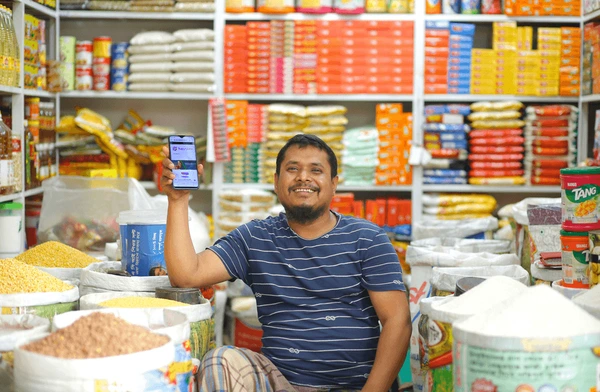



Use Cases:

Climate-Aware Production Planning: Predictive weather data enables producers to adjust schedules and operations ahead of high-risk periods. In pilot programs, farms using AI-driven alerts reported a 10–15% reduction in milk yield losses during peak heat periods.

Animal Health & Fertility Monitoring: Forecasting extreme heat enables timely strategies to reduce climate stress on livestock. In Bangladesh, only 39.6% of dairy cows are lactating, far below the 60% profitability threshold, reflecting a ~34% productivity gap observed across climate-impacted regions. Heat stress in coastal areas is also associated with extended calving intervals exceeding 500 days.

Inventory & Demand Forecasting: Integrated weather-inventory models help businesses manage stock levels more efficiently during seasonal extremes. Retailers using weather-driven demand forecasts reduced fish spoilage from 8% to 5%, while processors avoided both overstocking and under-collection of milk.
